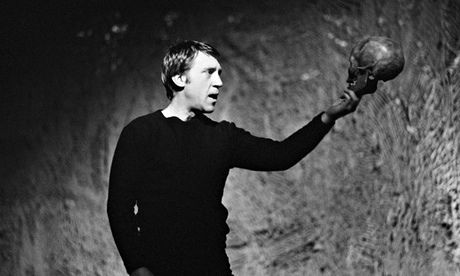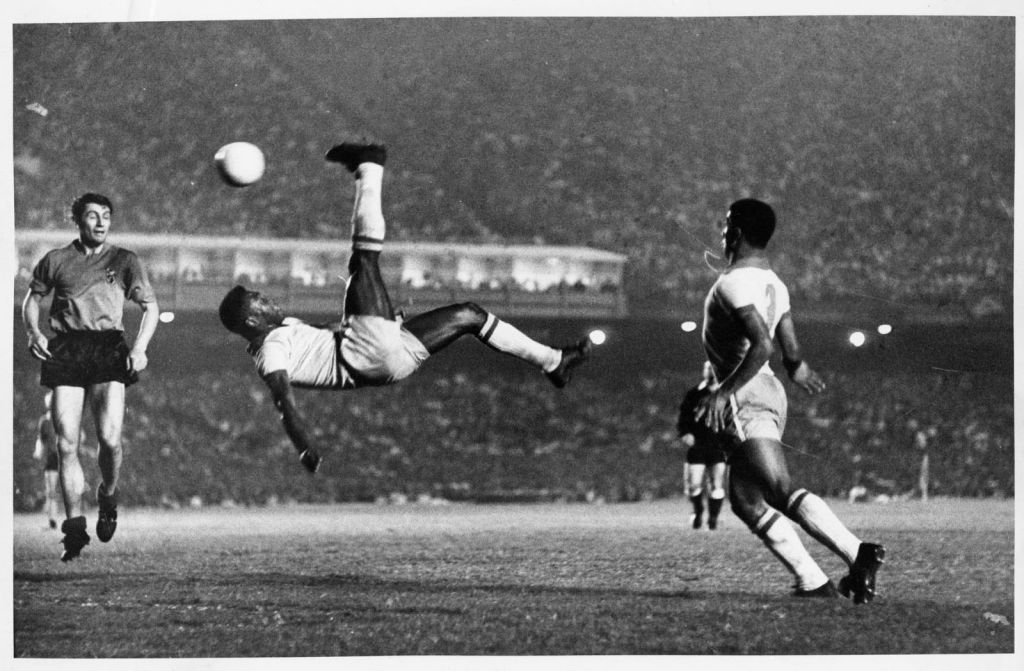Learn Russian with us. Red Kalinka is the largest Russian school in the world.
VIDEO LESSONS + TUTOR ONE-to-ONE LESSONS BOOKS EXERCISE ONLINE
Learn Russian with us. Red Kalinka is the largest school of Russian in the world. We have all you need to learn.Here you’ll find ONE-to-ONE LESSONS VIDEO LESSONS BOOKS , educational applications for your telephone, downloadable learning materials...
To be or not to be… that is a great, great question, especially if you’re learning Russian. Our favourite language is full of surprises, and the simplest thing may hide a great grammar riddle. Did you know that we have 4 ways to say “to be” in Russian? Let’s have a look at them.

To be or not to be (Russian actor Vladímir Vysotski plays Hamlet -1977)
You surely know that the Russian translation for “to be” is быть, with the usual ending “ть” that we find in most Russian verbs. If you are with your friends playing bowling, you can ask Кто хочет быть первым? (Who wants to be first?), and we will be using this verb correctly. But, can we always use “быть” when we use “to be” in English? We are sorry to inform you that the answer is no. So please, sit down, open your eyes and learn four ways to say “to be” in Russian.
Wait a second, is the symbol — a letter? No, it is not, but in Russian it has a particular use that is equivalent to “am / are / is”. In other words, the symbol — is a Russian equivalent of the present tense of “to be”. For example, if we want to describe our cute friend Anya, we may say this:
Аня – красивая девушка.
Anya is a beautiful girl.
This use of the dash happens only in the present tense. But hang on a second. To make things a bit complicated, we have to remember that if we use a pronoun (I, he, she, we,…), instead of a dash, we simply don’t use anything:
Она красивая девушка.
She (is) a beautiful girl.
Can an empty space mean something? Yes, it can. This may seem a simple rule, but it is very tricky for beginners. You always have to bear in mind, that in that empty space, there is something.
When we start learning Russian, we don’t come across the verb являться at all. It is only later, when we are proud intermediate students, that we discover this verb. As you can guess, it means “to be” and, unlike “быть”, can be used in present, past and future. This verb always requires the instrumental case. We have underlined it in the examples below:
Он является лучшим футболистом в мире.
He's the best football player in the world.
Она являлась бухгалтером этого института.
She was an accountant of the institution.
So we have that являться means “to be”, but it’s not very commonly used and requires instrumental case. This is quite a complicated verb indeed. We really don’t know why it exists, but before getting lost in thoughts and theories, you have to remember something else: the verb являться always requires an object (in the instrumental case), whereas быть, doesn’t. To put it in simple words, if you want to say “I was in Italy”, you need to use быть and if you want to say “I was an accountant, you can use both быть or являться. Now we are going to talk about it.
In the third position in our ranking we have placed быть. Does it mean that all of a sudden we have to stop using быть? Of course not. We surely need to use it, and very often. Actually, быть is the most usual way to translate the English “to be” in formal or informal conversations or books. On the other hand являться is used mainly in formal contexts and, as we have already mentioned, it is never used when meaning “to be somewhere”. Look at these examples:
Я был в Италии в июле (correct)
Я являлся в Италии в июле (incorrect)
I was in Italy in July.
Она была бухгалтером этого института (correct)
Она являлась бухгалтером этого института (correct)
She was an accountant of the institution.
And now, a little surprise for beginners. Most students learn that быть only appears in the past and future. But that’s not quite true, because the present tense of быть actually exists (есть) and we can see it in phrases where we want to emphasize the importance of a general idea:
Что есть любовь?
What is love?
Дети есть дети.
Children are children.
Sentences with “есть” sound quite elevated and are very rare. Centuries ago, it was as normal as “is” in English, but as time went by, it has been replaced by a dash (or nothing). Nowadays you will only come across this form in a very few fixed expressions and old books..

Pele is the best football player in the world (Пеле является лучшим футболистом в мире)
Is your head spinning? We are talking about one of the most used verbs in any language, and now we are overwhelming you with new information. But, at the end of the day, we only have to know that “есть” and “являться” exist, but you shouldn’t use them very often.
We can put it simple for you: forget almost completely about the form “есть”. When you see являться you can always change it for быть. And finally, in the present tense use a dash or nothing, while in the future and past tenses, use быть (conjugated in the required tense form).
Russian language and culture - Red Kalinka and Facebook
Discover with us the wonderful Russian culture and its language. Click the buttons on the right to share this article or to follow us on Facebook.
Did you like this article? Leave us a comment:

Choose how you want to learn Russian with us: one-to-one lessons or video lessons. In either case, you will be learning from home with the best Russian school in the world.